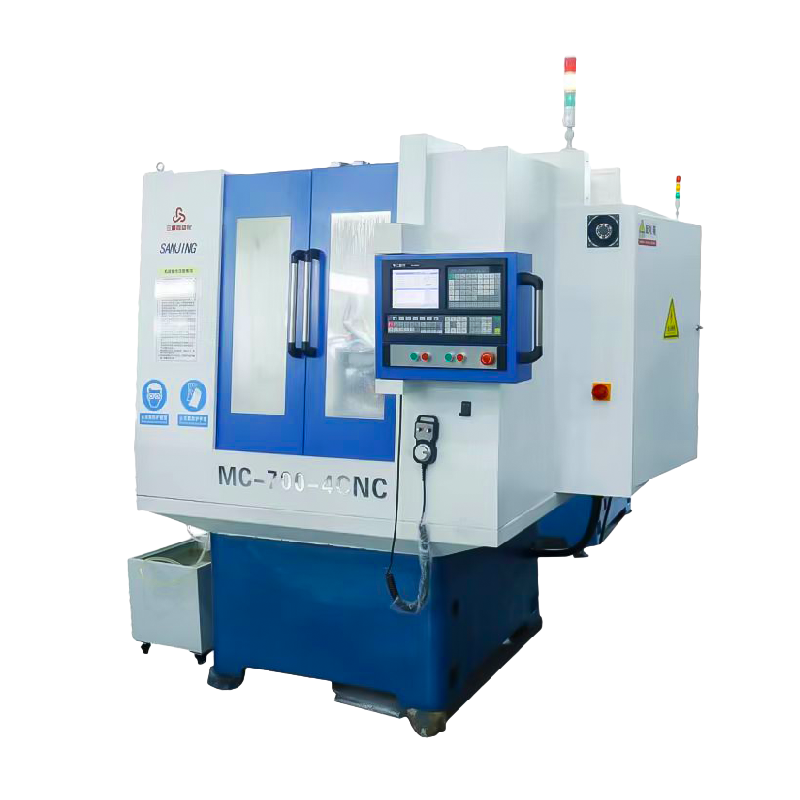Introduction to CNC Milling Environmental Concerns
CNC milling is a crucial component in the manufacturing sector, providing unmatched precision and efficiency. However, this advanced technology also presents significant environmental challenges. In recent years, manufacturers and factories have faced increasing pressure to adopt sustainable practices due to the environmental impact of CNC milling operations. To understand these concerns, it is essential to examine various factors, including resource consumption, energy usage, waste generation, and compliance with regulatory standards.
Resource Consumption in CNC Milling
Material Usage and Depletion
One of the primary environmental considerations in CNC milling is the consumption of resources. The best manufacturers in the industry often require vast amounts of raw materials, such as metals and plastics. The extraction and processing of these materials are energy-intensive and contribute significantly to resource depletion. This not only affects the environment but also has economic implications for factories as raw material costs continue to rise.
Strategies for Optimizing Resource Use
To mitigate resource consumption, many factories are adopting strategies such as using recycled materials, implementing lean manufacturing principles, and optimizing cutting parameters. These practices can lead to a reduction in material waste and lower production costs, ultimately contributing to a more sustainable manufacturing process.
Energy Consumption in CNC Milling
Electricity Usage and Carbon Emissions
CNC machines are known for their high energy consumption, primarily due to the electricity required to operate them. This contributes significantly to carbon emissions, especially when factories rely on fossil fuel-based energy sources. The best approach to minimize this impact is to enhance energy efficiency within the factory.
Improving Energy Efficiency
Manufacturers can employ several strategies to improve energy efficiency, including upgrading to energy-efficient machinery, utilizing energy management systems, and scheduling operations to avoid peak electricity demand periods. Additionally, investing in renewable energy sources, such as solar or wind power, can significantly reduce a factory's carbon footprint.
Waste Generation and Management Practices
Byproducts and Waste in CNC Milling
The subtractive nature of CNC milling inevitably leads to waste generation, including metal shavings and dust. Effective waste management is crucial to minimize the environmental impact of these byproducts. Without proper management, waste materials can pollute landfills and contribute to environmental degradation.
Effective Waste Management Strategies
Factories can adopt recycling programs to process and repurpose scrap materials. Implementing a closed-loop system can significantly reduce waste sent to landfills. Moreover, advanced filtration and extraction systems can capture metal particles and dust, ensuring safer and cleaner factory environments.
Air and Water Pollution in CNC Operations
Pollutants from Coolants and Lubricants
CNC milling processes often involve the use of coolants and lubricants to maintain machine efficiency. However, these substances can contain harmful chemicals that contribute to air and water pollution if not managed correctly. Ensuring the best practices for handling and disposal can protect the environment.
Reducing Pollution Through Best Practices
Manufacturers can adopt several measures to reduce pollution, such as utilizing biodegradable coolants, implementing proper ventilation systems, and treating wastewater before its release. Regular maintenance of machines also ensures that emissions are minimized, contributing to a cleaner factory environment.
Sustainable Material Choices in CNC Milling
Alternative Material Options
Incorporating sustainable materials into CNC milling is an essential step for manufacturers aiming to reduce their environmental impact. Alternatives like recycled metals or bioplastics offer a reduced carbon footprint compared to traditional materials.
Benefits and Challenges of Sustainable Materials
The use of sustainable materials can reduce energy consumption, decrease waste, and lower greenhouse gas emissions. However, challenges such as cost, availability, and performance standards must be addressed to facilitate wider adoption among factories.
Regulatory Compliance and Environmental Standards
Adhering to Environmental Regulations
Manufacturers must comply with stringent environmental regulations, which set limits on emissions and waste disposal. Regulatory compliance is not only a legal obligation but also a critical component of sustainable manufacturing practices.
Maintaining Compliance in CNC Milling
Maintaining compliance involves regular audits, investing in environmental management systems, and training employees on best practices. This proactive approach can help manufacturers mitigate potential legal issues and demonstrate their commitment to sustainability.
Adoption of Green Technologies in CNC Factories
Investments in Innovative Solutions
Green technologies offer significant opportunities for manufacturers to improve sustainability and efficiency. Adopting these technologies can lead to long-term cost savings and a reduced environmental impact.
Examples of Green Technology Applications
Examples include automated systems for energy management, AI-driven process optimization, and advanced recycling technologies. By investing in these innovations, factories can enhance productivity while minimizing their ecological footprint.
Challenges and Opportunities for Sustainable CNC
Overcoming Barriers to Sustainability
While there are numerous benefits to sustainable manufacturing, challenges such as cost, technological limitations, and resistance to change remain prevalent. Addressing these barriers is crucial for the widespread adoption of sustainable practices.
Opportunities for Growth and Innovation
Embracing sustainability offers opportunities for manufacturers to differentiate themselves in the market, attract environmentally conscious clients, and comply with global sustainability targets. Innovations in materials, processes, and technologies continue to drive the industry towards a more sustainable future.
Future Directions for Sustainable CNC Milling
Trends Shaping the Future
The future of CNC milling is poised for significant transformation with advances in digital technologies, material science, and environmental awareness. These trends promise to enhance the sustainability of CNC operations.
Preparing for a Sustainable Future
Manufacturers should focus on continuous improvement, leveraging data analytics to refine processes and exploring collaborations with stakeholders to advance sustainability initiatives. This proactive approach will ensure the continued success and sustainability of the industry.
Boyue Provide Solutions
Boyue recognizes the importance of sustainability in CNC milling and offers tailored solutions to enhance environmental responsibility. We provide consultation services to assess and optimize your production processes, focusing on reducing waste and improving energy efficiency. By implementing state-of-the-art green technologies, we help manufacturers achieve their sustainability goals while maintaining high-quality standards. Partner with Boyue to lead your factory towards a greener future and establish your brand as a leader in environmentally conscious manufacturing.
User hot search: precision cnc milling machine
Post time: 2025-09-02 12:47:02


